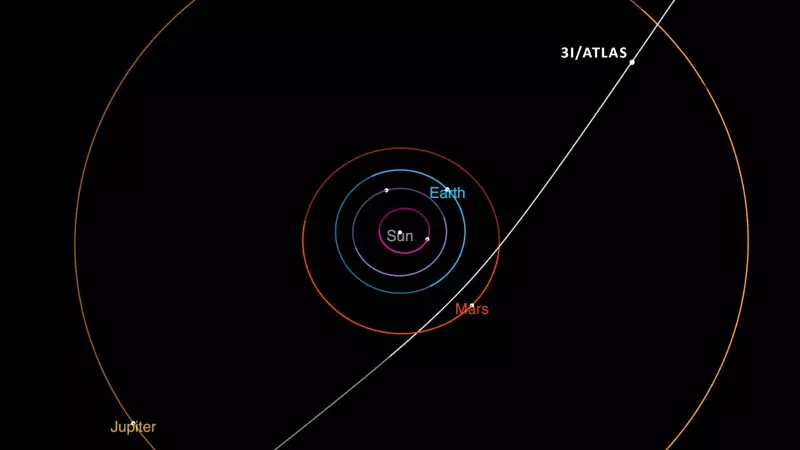
In a spectacular celestial event that has astronomers worldwide on high alert, Comet 3I Atlas is set to make its closest approach to the Sun today. NASA scientists are closely monitoring this rare occurrence, particularly focusing on the comet's peak outgassing activity as it experiences intense solar heating.
What Makes This Solar Encounter Special?
Comet 3I Atlas, an interstellar visitor that has captured scientific imagination since its discovery, reaches what astronomers call perihelion - the point in its orbit where it comes nearest to our Sun. This close encounter triggers dramatic changes in the comet's behavior and appearance.
"This is a crucial moment for comet observation," explains Dr. Sarah Mitchell, a planetary scientist at NASA's Jet Propulsion Laboratory. "As the comet heats up, we expect to see maximum outgassing activity, where frozen gases and dust erupt from its surface, creating that spectacular coma and tail we associate with comets."
NASA's Intensive Monitoring Campaign
The space agency has mobilized multiple observatories and space telescopes to capture every moment of this celestial dance. Scientists are particularly interested in:
- Chemical composition analysis through spectroscopy
- Dust production rates and particle size distribution
- Changes in nucleus rotation and surface activity
- Tail formation dynamics under intense solar radiation
Why Comet 3I Atlas Matters to Science
Unlike regular solar system comets, 3I Atlas originated from interstellar space, making it a rare scientific treasure. Studying its behavior during perihelion provides invaluable insights into:
- The composition of materials from other star systems
- How interstellar objects behave under different environmental conditions
- The universal processes of comet formation and evolution
- Potential similarities and differences between solar system and interstellar comets
As the comet swings around the Sun, amateur astronomers in dark sky locations might catch glimpses of the celestial visitor, though professional equipment provides the best views of this scientific marvel.
Today's close solar approach represents not just a visual spectacle but a golden opportunity for scientific discovery that could reshape our understanding of comets across the galaxy.





